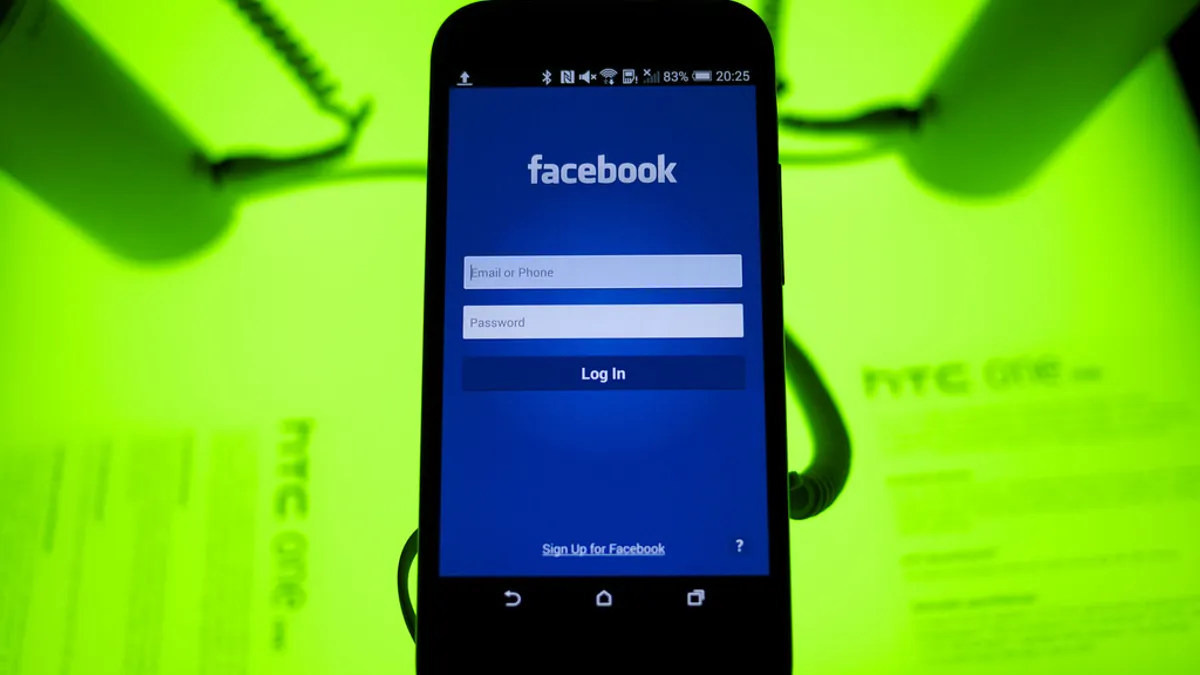For the marketing professional, social media seemingly does it all. It can build name recognition, build brand reputation, and spark real relationships with followers. But until recently, a tangible ROI on social media has been hard to prove. Plenty of people may have seen the brand post or ad, but how many are making purchases because of it?
In an effort to draw a more direct line between social media and sales, many of the major platforms are working towards installing in-app or in-platform options for direct purchases. If successful, these tools can drive sales and offer a better measurement for social media ROI.
Once the tools are in place for in-app purchases, social platforms will have to be careful of security concerns. Google learned the hard way that some problems are hard to prepare for – like children accidently making purchases on parent’s mobile devices because of in-app purchase buttons. That’s an unforeseen problem that recently cost Google $19 million.
See how some of the big networks are working towards in-app purchases.
Twitter is leading the pack with in-app purchases with it’s recently introduced “buy” button. Still in early phases, the micro-blogging site has launched a limited test with brand partners like Strip, Fancy, Gumroad, and Musictoday. The buy button – launched earlier this month – will only appear to a certain group of select Twitter users to start.
The buy button will appear in sponsored tweets. Users that click on the buy button will be prompted to enter payment information and can complete the purchase all without leaving the app. Twitter will save and encrypt users’ payment information so it only has to be entered once. The hope is that the instant gratification of one-click buying will capitalize on impulse buys.
Facebook seems to be neck-in-neck with Twitter in the race to release a functional in-app “buy” button for its social platform. Tests of the buy button were first spotted in July and was tested among SMBs in the U.S.
Appearing within the newsfeed and on page posts, the buy button sits within a Facebook post. Similar to the buy button in Twitter, users that click the button are offered a secure connection to enter payment information to make a purchase within the platform. In a company blog, Facebook stressed that the connection is secure and none of the sensitive information would be saved after the purchase – something the social site knows is a concern for users.
From its inception, Pinterest has always aimed to be part social experience/part shopping app. While a lot of the activity on Pinterest falls under “aspirational” shopping – window shopping of the digital world, there is some real retail value from Pins. According to data from Piqoura, every Pinterest pin is worth about $0.78 – a number that can really add up.
With its reputation for being a shopping site, Pinterest is prime real estate to develop in-app purchases. Nothing concrete has been introduced yet, but it does seem like the ground work is being laid. On what Pinterest calls “Product Pins” there are additional details like pricing and a link to a purchase site. To encourage shopping, Pinterest grouped all products for purchase into a “Gifts” feed that’s browsing friendly. The site also encourages bargain shoppers by emailing users when something they have pinned lowers in price.
Facebook-owned Instagram hasn’t released any of its own in-app purchase options, but some third parties are developing some promising tools. Startup Curalate launched Like2Buy earlier this month to offer a direct link from a filtered photo to retail purchase.
Like2Buy sets up a link in a brand’s profile that directs users to an e-commerce site meant to mirror an Instagram feed. Within that feed are Instagram quality photos with options to buy directly. Users are able to make nearly one-click purchases without the hassle of registering. Essentially, a consumer can now go from falling in love with a pair of shoes on Instagram to owning those same shoes within a matter of minutes. It’s not exactly an in-app tool, but it does play on impulse shopping.
A fair guess would be that with parent-company Facebook and third parties working on it, that in-app purchases aren’t too far off in the future for Instagram.














